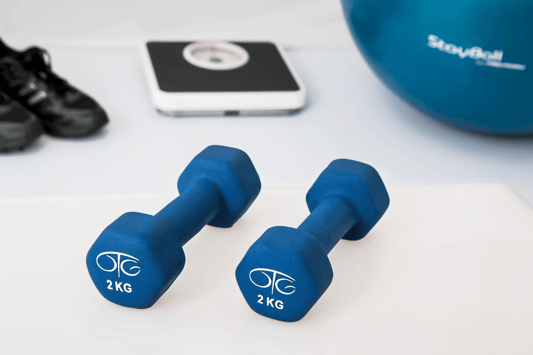Ensuring Safety StandardsWhen it comes to baby products, safety is a top priority for parents. baby products inspection is essential to ensure that all items meet the necessary safety standards and regulations. This includes checking for sharp edges, choking hazards, secure fastenings, and non-toxic materials.Quality ControlInspection of baby products also involves quality control measures to guarantee that items are durable and made to last. This includes testing for durability, functionality, and overall quality to provide parents with peace of mind knowing that they are investing in products that will stand the test of time.Compliance with RegulationsManufacturers of baby products are required to comply with strict regulations to ensure the safety and well-being of infants and young children. Baby products inspection helps to verify that all items meet these regulations and standards, giving parents confidence in the products they choose for their little ones.Preventing RecallsRegular inspection of baby products can help to prevent recalls due to safety issues or defects. By catching any issues early on through thorough inspection processes, manufacturers can address and resolve potential problems before they reach consumers, maintaining a positive reputation and trust with customers.Testing for Hazardous SubstancesBaby products inspection includes testing for hazardous substances such as lead, phthalates, and other chemicals that could be harmful to children. By ensuring that products are free from these harmful substances, parents can feel confident in the safety of the items they purchase for their little ones.Product Labeling and InstructionsInspection of baby products also involves reviewing product labeling and instructions to ensure that they are clear, accurate, and provide important safety information for parents. Proper labeling and instructions can help parents use products correctly and safely, reducing the risk of accidents or injuries.Environmental ImpactSome baby products inspection processes also consider the environmental impact of products, such as recyclability and sustainability. By choosing eco-friendly baby products that have undergone thorough inspection for environmental standards, parents can make a positive impact on the planet for future generations.Consumer ConfidenceThrough rigorous inspection processes, manufacturers can build consumer confidence in their baby products by demonstrating a commitment to quality, safety, and compliance with regulations. This confidence can help to establish brand loyalty and trust among parents seeking the best products for their children.Continuous MonitoringBaby products inspection is an ongoing process that involves continuous monitoring and evaluation of products to ensure that they maintain safety and quality standards over time. By regularly inspecting products throughout their lifecycle, manufacturers can address any potential issues that may arise and make improvements as needed.Peace of Mind for ParentsUltimately, baby products inspection provides parents with the peace of mind that comes from knowing that the items they choose for their children have undergone thorough testing and inspection to meet the highest safety and quality standards. By selecting products that prioritize safety and quality, parents can focus on the joys of parenthood without worrying about the safety of their baby products.Quote InquiryContact us!










